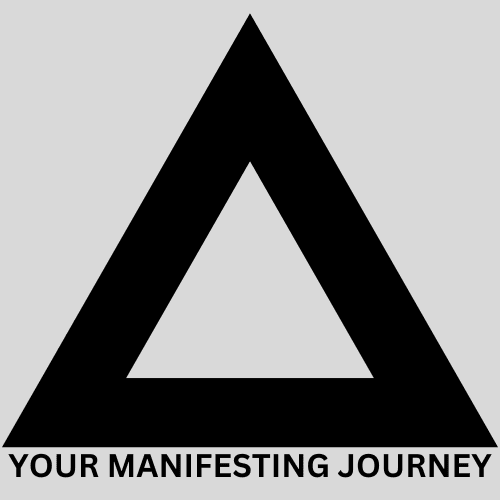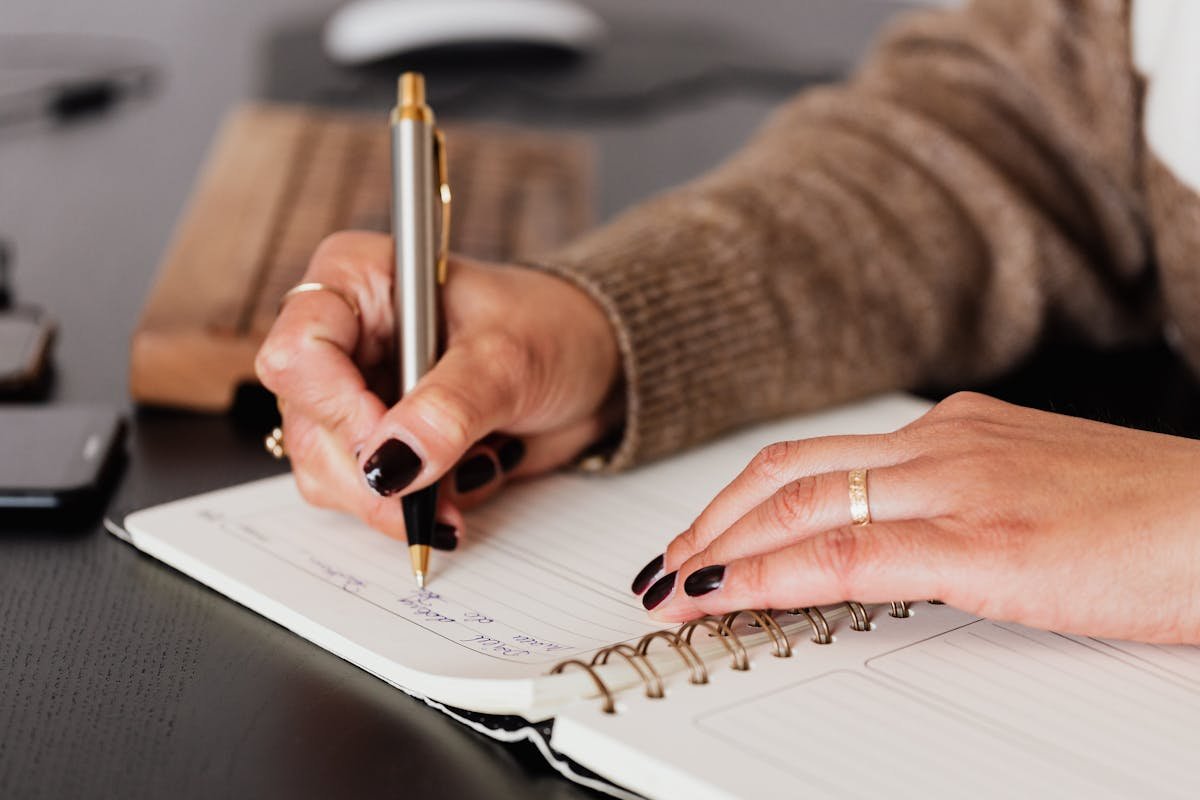Introduction
In a world filled with digital distractions and constant information overload, many are turning to junk journaling as a creative outlet for self-expression, mindfulness, and emotional healing. This emerging trend has gained popularity for its ability to blend art, storytelling, and personal growth into one powerful practice.
But what exactly is junk journaling, and why is it capturing the hearts of artists, writers, and even those who claim they aren’t creative? In this guide, we’ll explore what junk journaling is, how it benefits your mental well-being, and how you can start your own today.
What is Junk Journaling?
Junk journaling is a free-form art journaling method that involves repurposing everyday materials like old book pages, magazine clippings, fabric scraps, handwritten notes, postcards, and other ephemera into beautifully crafted journal pages. Unlike traditional journaling, which is text-based, junk journaling emphasizes a visual and tactile experience, making it both an artistic and therapeutic practice.
The Benefits of Junk Journaling
- Boosts Creativity – Junk journaling removes perfectionism and allows you to create without judgment. It encourages spontaneous artistic expression.
- Promotes Mindfulness – The process of cutting, pasting, and layering materials creates a meditative experience, helping to reduce stress.
- Enhances Emotional Healing – By visually expressing your thoughts, you can process emotions and gain clarity on different aspects of life.
- Encourages Sustainability – Using recycled materials gives old paper scraps and memorabilia a second life.
- Strengthens Memory and Nostalgia – Incorporating old letters, photos, or tickets preserves precious memories.
Getting Started with Junk Journaling
1. Gather Your Supplies
You don’t need expensive materials to start junk journaling. Look around your home for these common items:
- Old book pages and newspapers
- Magazines and postcards
- Fabric scraps and ribbons
- Stamps and stickers
- Tea-stained paper
- Pens, markers, and paints
- Glue, tape, and scissors
2. Choose a Journal
Select a notebook or create a DIY journal using scrap paper and binding techniques like stitching or hole-punching with rings.
3. Find Your Style
There are different types of junk journaling styles, including:
- Vintage Junk Journaling – Uses old book pages, sepia-toned photographs, lace, and antique designs.
- Minimalist Junk Journaling – Focuses on clean layouts and limited colors.
- Eclectic Junk Journaling – A mix of everything, from vibrant stickers to modern patterns.
4. Start Experimenting
There are no rules in junk journaling! Here are some fun ideas:
- Collage a mood board with magazine cutouts
- Create a gratitude page with pressed flowers and handwritten affirmations
- Document your travel memories using ticket stubs and maps
- Express emotions through color and abstract layouts
Junk Journaling as a Self-Care Tool
Junk journaling isn’t just about making pretty pages; it’s also a powerful tool for self-reflection and personal growth.
- Overcome Creative Blocks – Whenever you feel stuck, junk journaling helps to unlock fresh ideas.
- Reduce Anxiety – Engaging in cutting and pasting motions lowers cortisol levels.
- Boost Confidence – Completing a page makes you feel accomplished and proud of your creative process.
Frequently Asked Questions (FAQs) About Junk Journaling
1. What is junk journaling, and how is it different from traditional journaling?
Junk journaling is a creative and artistic journaling method that involves repurposing materials like old book pages, magazine clippings, fabric scraps, and other ephemera to create unique, visually rich journal pages. Unlike traditional journaling, which is primarily text-based, junk journaling emphasizes a tactile and aesthetic experience, allowing for greater freedom of expression.
Traditional journaling often follows structured writing formats, whereas junk journaling is free-form and experimental, blending art, scrapbooking, and journaling into a single practice.
2. How do I start junk journaling as a beginner?
Starting a junk journal is easy and requires only a few basic materials. Follow these steps:
- Choose Your Base – Use an old book, a sketchpad, or create a DIY journal by binding papers together.
- Gather Materials – Collect scraps, old papers, stickers, postcards, ticket stubs, and any decorative elements you love.
- Find Inspiration – Decide on a theme, such as vintage aesthetics, nature, gratitude, or travel memories.
- Experiment and Create – There are no rules! Collage, doodle, paint, write quotes, or layer paper textures to express yourself.
- Personalize – Use elements like pressed flowers, hand-lettering, or lace to give your pages a unique touch.
By experimenting with different layouts, colors, and textures, you can create a stunning, personal masterpiece!
3. What are the benefits of junk journaling for mental health?
Junk journaling is more than just an artistic hobby—it’s also a powerful tool for stress relief, mindfulness, and self-expression. Some key mental health benefits include:
- Reduces Anxiety and Stress – The repetitive motions of cutting, pasting, and arranging materials provide a calming effect, similar to meditation.
- Encourages Mindfulness – Junk journaling keeps you present by focusing on the creative process rather than overthinking.
- Promotes Emotional Healing – You can express emotions visually without needing words, making it a therapeutic practice.
- Boosts Confidence – Completing a junk journal page gives a sense of accomplishment, fostering creativity and self-worth.
4. Can junk journaling be used for manifestation and goal setting?
Absolutely! Many people incorporate manifestation and law of attraction techniques into their junk journals. Here’s how:
- Vision Boards – Use magazine clippings and affirmations to visualize your dreams.
- Affirmation Pages – Write and decorate positive affirmations for self-motivation.
- Scripting – Journal in the present tense about your future goals as if they have already happened.
- Mood & Energy Tracking – Monitor how you feel daily and align your thoughts with positivity.
By combining visualization with creativity, you engage your subconscious mind to attract what you desire.
5. What are the best themes for junk journaling?
The best thing about junk journaling is that you can create any theme that resonates with you. Here are some popular ideas:
- Vintage Aesthetic – Use old letters, tea-stained papers, and lace for a nostalgic feel.
- Travel Journal – Incorporate maps, ticket stubs, and travel quotes.
- Nature & Botanical – Pressed flowers, leaves, and earthy tones add a beautiful touch.
- Gratitude Journal – Write daily gratitude notes alongside positive affirmations.
- Manifestation Journal – Mix scripting, vision boards, and affirmation cards for law of attraction practices.
- Seasonal Journals – Create holiday or seasonal pages with themed decorations.
Choosing a theme makes your journaling process more exciting and intentional.
6. Is junk journaling expensive? Can I do it on a budget?
Junk journaling can be completely free or low-cost, depending on how you source your materials. Many journalers repurpose everyday items, such as:
- Newspapers, magazines, and old books
- Packaging, wrapping paper, and receipts
- Used greeting cards and postcards
- Scraps of fabric, ribbon, and lace
- Handmade or DIY embellishments
If you’re looking for budget-friendly supplies, consider thrift stores, dollar stores, or online freebies for printable designs.
7. How can I make my junk journal pages look more artistic and visually appealing?
To make your junk journal pages aesthetic and eye-catching, follow these design tips:
- Layer materials – Mix textures like torn paper, fabric, and stickers for depth.
- Use a color palette – Stick to complementary colors for a cohesive look.
- Add focal points – Use a central image or quote to guide the viewer’s eye.
- Incorporate different handwriting styles – Play with cursive, block letters, and calligraphy.
- Use distressing techniques – Tea-staining, ink smudging, and edge-burning give a vintage feel.
Artistic journaling is about self-expression, so embrace imperfections and have fun!
8. Can junk journaling help with memory-keeping?
Yes! Junk journaling is an amazing way to preserve memories and sentimental moments. Here’s how:
- Add photos and handwritten notes to document special days.
- Include ticket stubs, receipts, or letters to make it more personal.
- Write short reflections or stories about your experiences.
- Create a “Time Capsule” page to capture milestones and life changes.
By including keepsakes and meaningful items, your junk journal becomes a treasured piece of your personal history.
9. How often should I junk journal?
There are no strict rules—junk journaling is meant to be fun and relaxing! However, here are some recommendations based on your goals:
- Daily – If you want to build a habit and use it as a creative outlet.
- Weekly – Great for reflection, memory-keeping, or gratitude journaling.
- Monthly – Perfect for documenting big events or creating vision boards.
The key is consistency. Even 10-15 minutes a few times a week can bring major creative and mental health benefits.
10. Where can I find inspiration for my junk journaling?
If you ever feel stuck, here are some great sources of inspiration:
- Pinterest – Search for “junk journaling ideas” for aesthetic layouts.
- YouTube – Watch junk journal flip-throughs and DIY tutorials.
- Instagram & TikTok – Follow artists who share their journal pages.
- Books & Magazines – Browse through vintage or artistic publications.
- Nature & Daily Life – Take inspiration from surroundings, quotes, and emotions.
By staying curious and open to new ideas, you’ll always find fresh ways to make your junk journal uniquely yours!
Conclusion: Start Your Junk Journaling Journey Today!
Junk journaling is a deeply personal, fun, and rewarding practice that anyone can enjoy. Whether you want to unlock creativity, relieve stress, or simply enjoy the process of crafting, this art form is an incredible way to connect with yourself and the world around you.
So why wait? Grab some scraps, open a journal, and start creating your masterpiece today!
Recommended Books
| The Law of Assumption | Neville Goddard | Teaches how to script and assume your desires as already fulfilled for manifestation. |
| Manifest Now | Idil Ahmed | A practical guide to shifting energy, thoughts, and scripting to attract abundance. |
| Atomic Habits | James Clear | While not directly about manifestation, this book helps build habits that align with scripting and success. |


1 thought on “Unlock Your Creativity: How Junk Journaling Transforms Lives & Boosts Mindfulness”